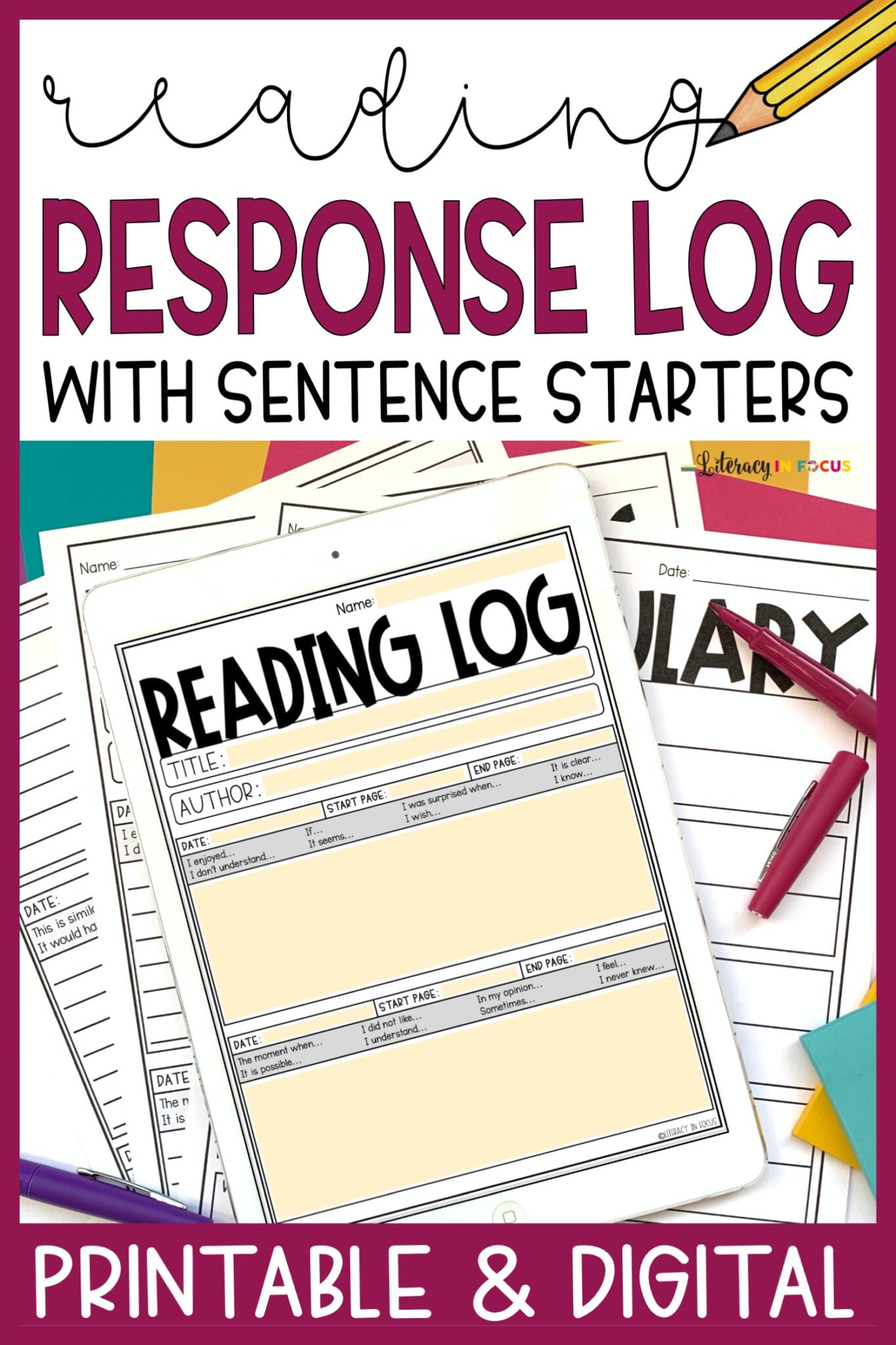
Methods and Goals for Teaching Silent Reading
Guided silent reading is an instructional strategy that often gets crowded out by more popular methods of group or whole class reading instruction. While popcorn, round robin, and choral reading have a time and place, they are less ideal for reinforcing independent reading comprehension skills. Like any other skill, students need to be guided to read silently with the purpose of comprehending. Several methods and goals for implementing silent reading instruction in your classroom are listed below.
METHODS
Start Small
Start with small amounts of text and work your way to longer passages over time. After students silently read each section of text, pause to assess comprehension. A short discussion will let you know if re-reading is necessary. Breaking down the text in this way will give students a chance to practice silent reading skills without feeling overwhelmed.
Use Complex Texts
Complex texts are texts that represent an appropriate level of challenge for students. According to the New York State Department of Education, complex texts take into account three criteria:
- Quantitative elements of a text such as word length, word frequency, and sentence length.
- Qualitative factors of a text such as text meaning or purpose, text structure, language conventions, and clarity.
- Reader and task considerations that reflect characteristics of a specific reader, such as the reader’s background, motivation, and knowledge about the topic, and the specific task, such as the purpose and complexity of the task and the questions asked.
Using complex texts will provide increased opportunities to teach students how to refer back to the text and reread when meaning or comprehension is unclear. If the text is too easy, students will breeze through the silent reading, which will negate the purpose of instruction. Click here to see five free text readability analyzers you can use to help you determine the complexity of your reading passages.
Allow for Simultaneous Responses
During the discussion portion of instruction, require students to respond to prompts or questions about the passage(s) in a synchronous manner. This will allow you to gauge who is struggling with the reading, and who would benefit from guidance back through the text to find the answer. The easiest way to do this is to have students write their responses. You will know when students are struggling with comprehension if they are unable to formulate a written response.
GOALS
Read silently with a high degree of comprehension.
Silently read increasingly complex texts successfully.
Read silently for longer periods of time.
Read silently for comprehension without (or with less) teacher supported reinforcement.
Students will only be able to meet the goals outlined above if they are provided with ample opportunities for structured silent reading instruction. Simply providing independent reading time is not enough. The next time you read with students as a group, consider replacing oral reading with silent reading. In time, you will find a balance that works well for you and your students.
Editable, Printable, Digital Reading Log with Sentence Starters 
“This is the perfect resource to keep my students accountable during their independent reading time! We love it! Thank you!” -Miranda B.




